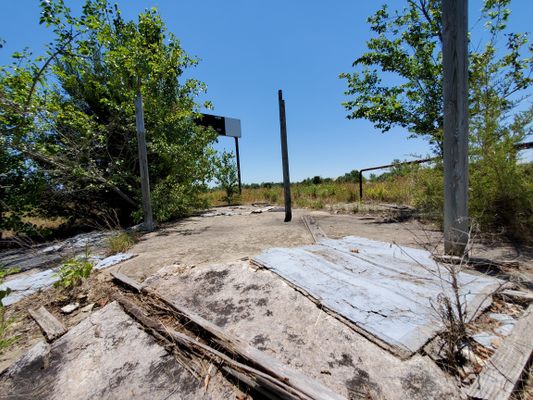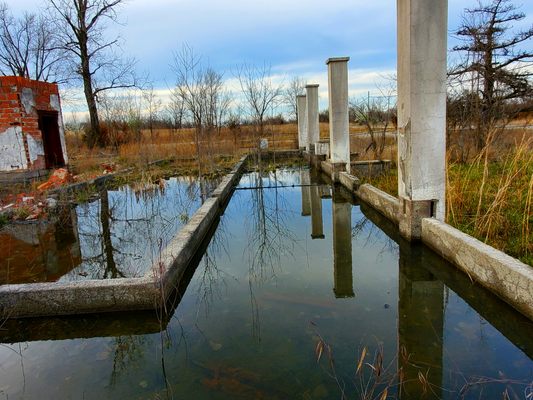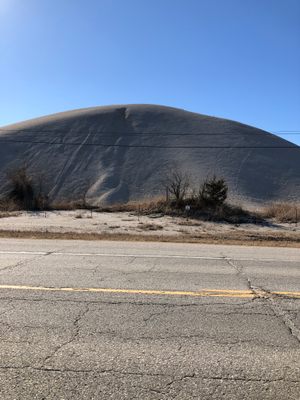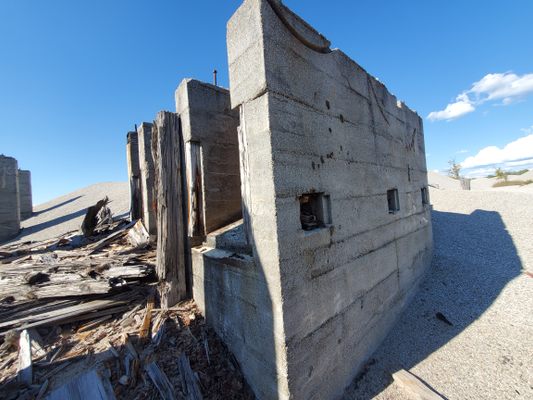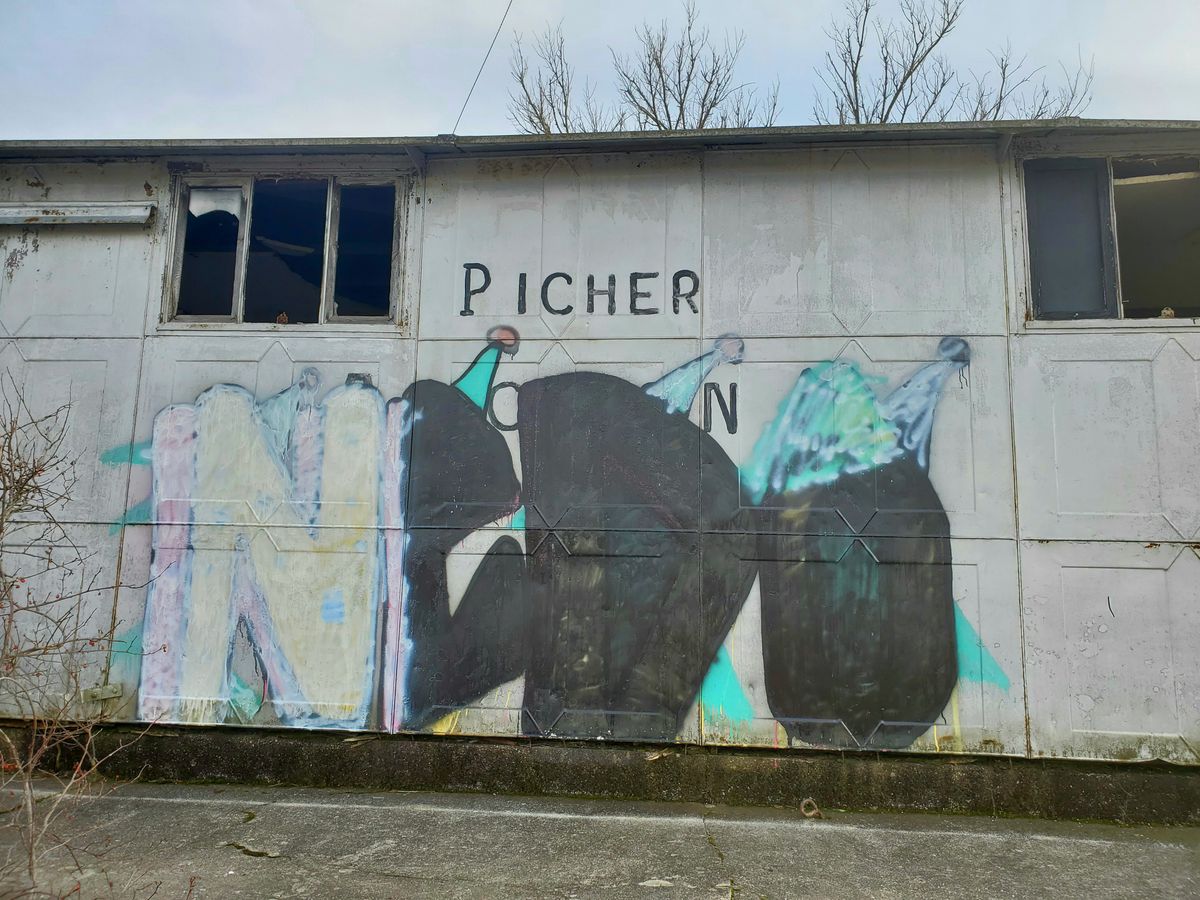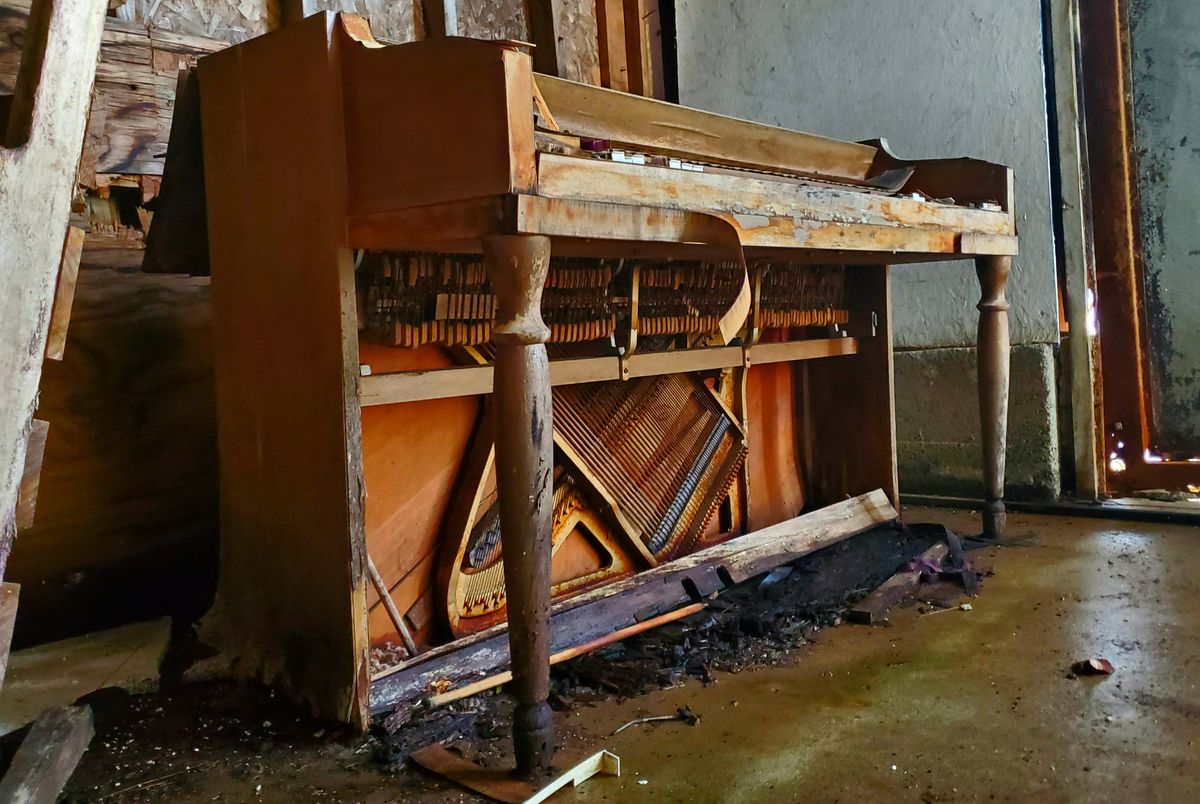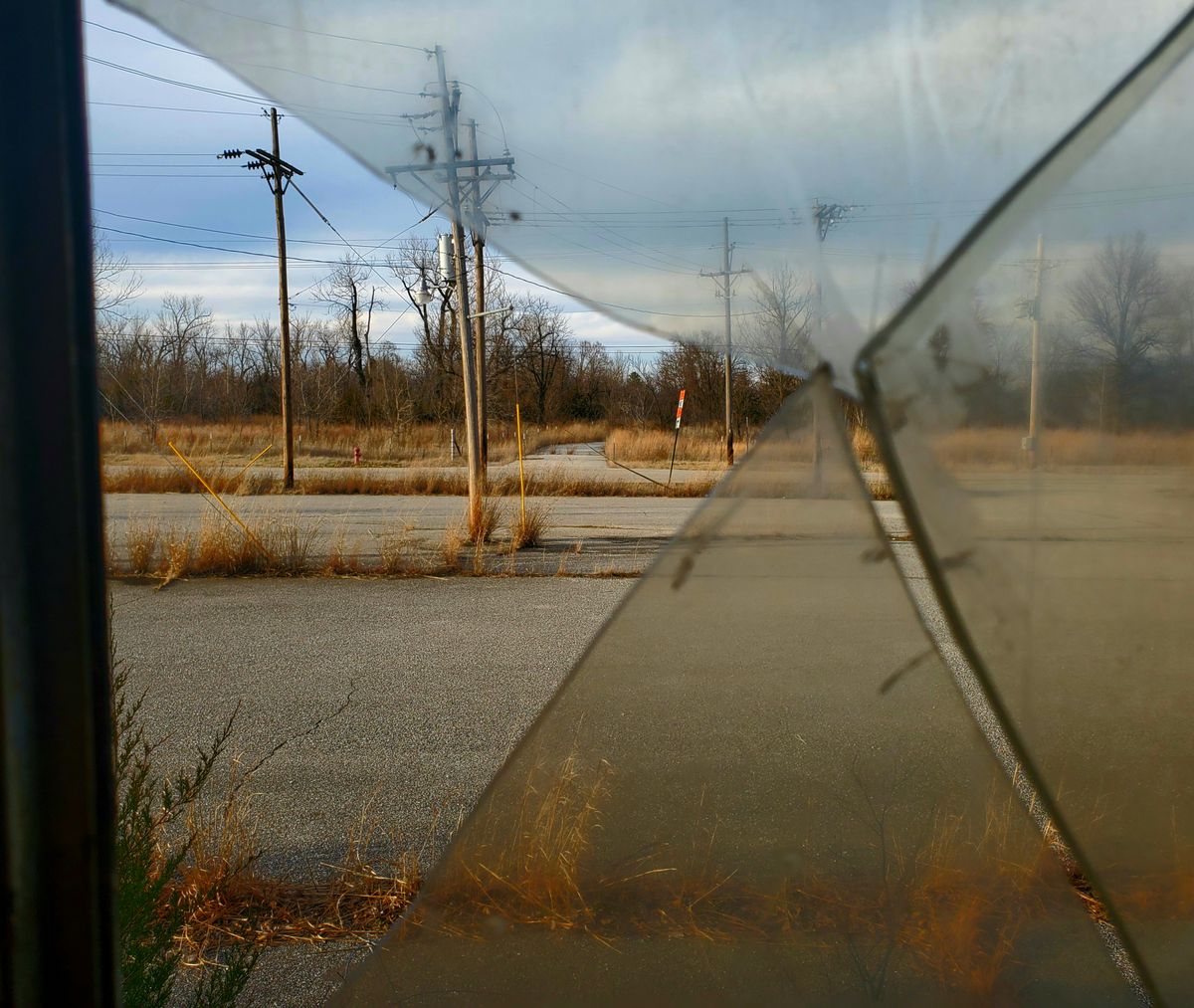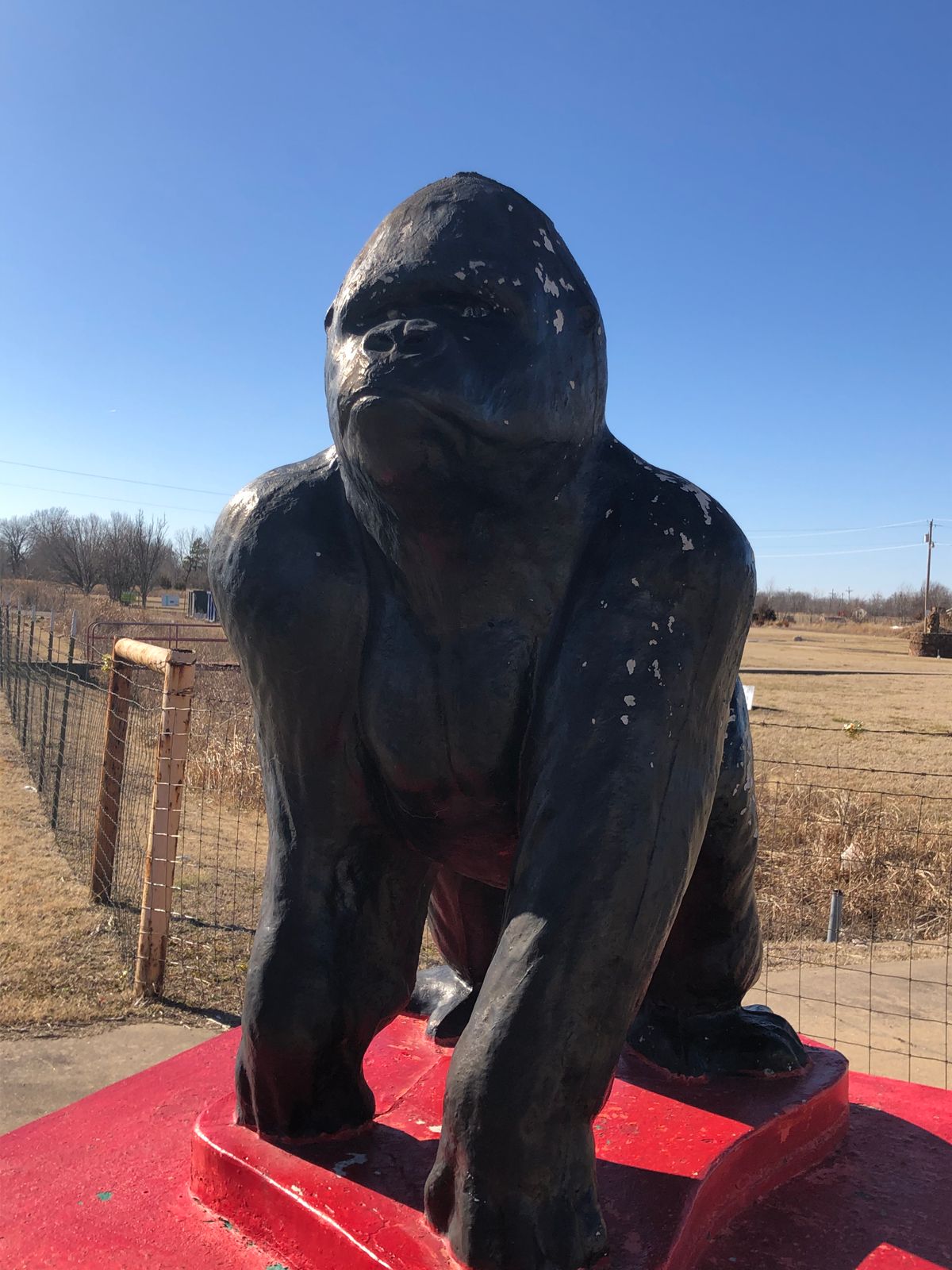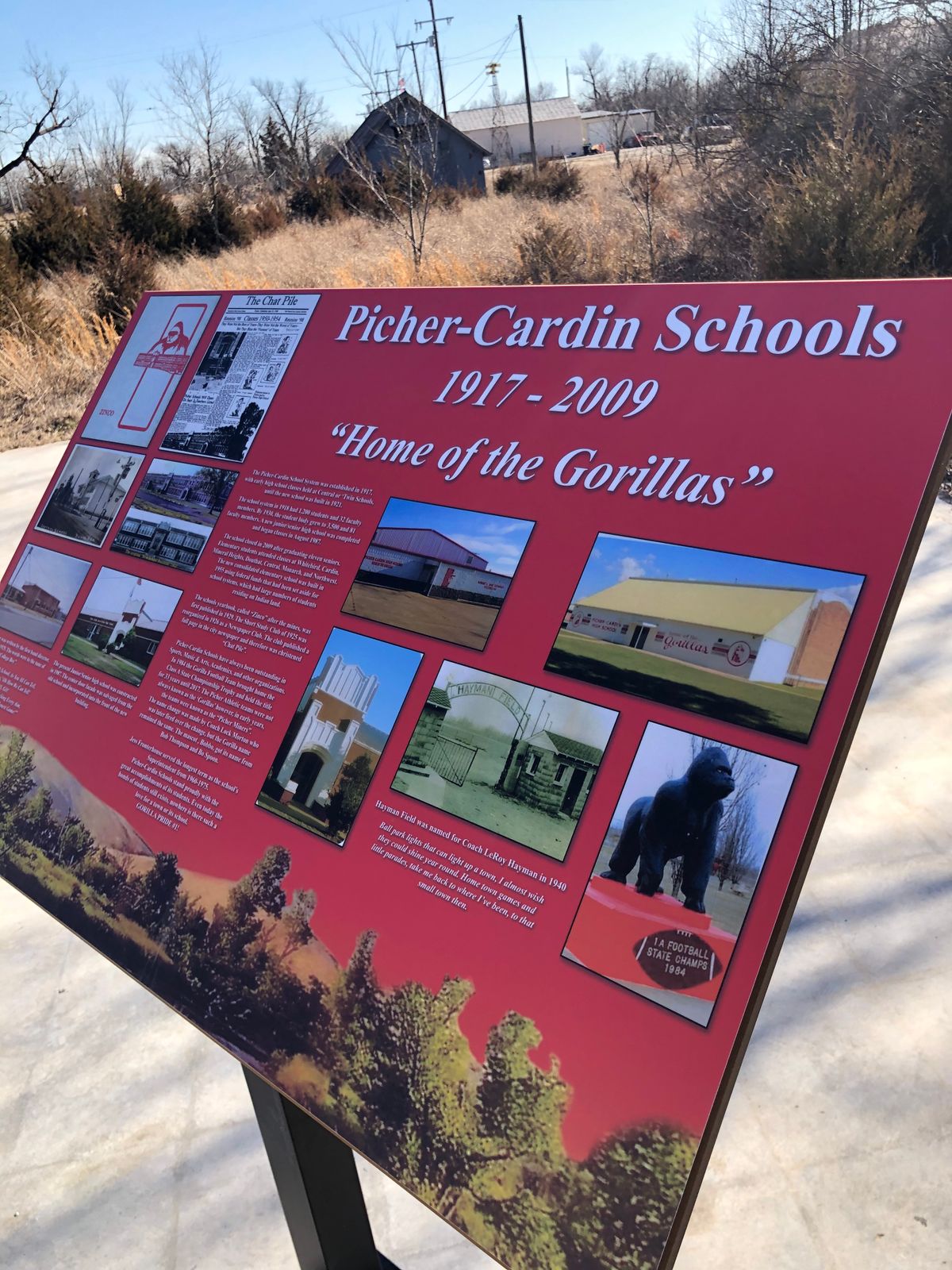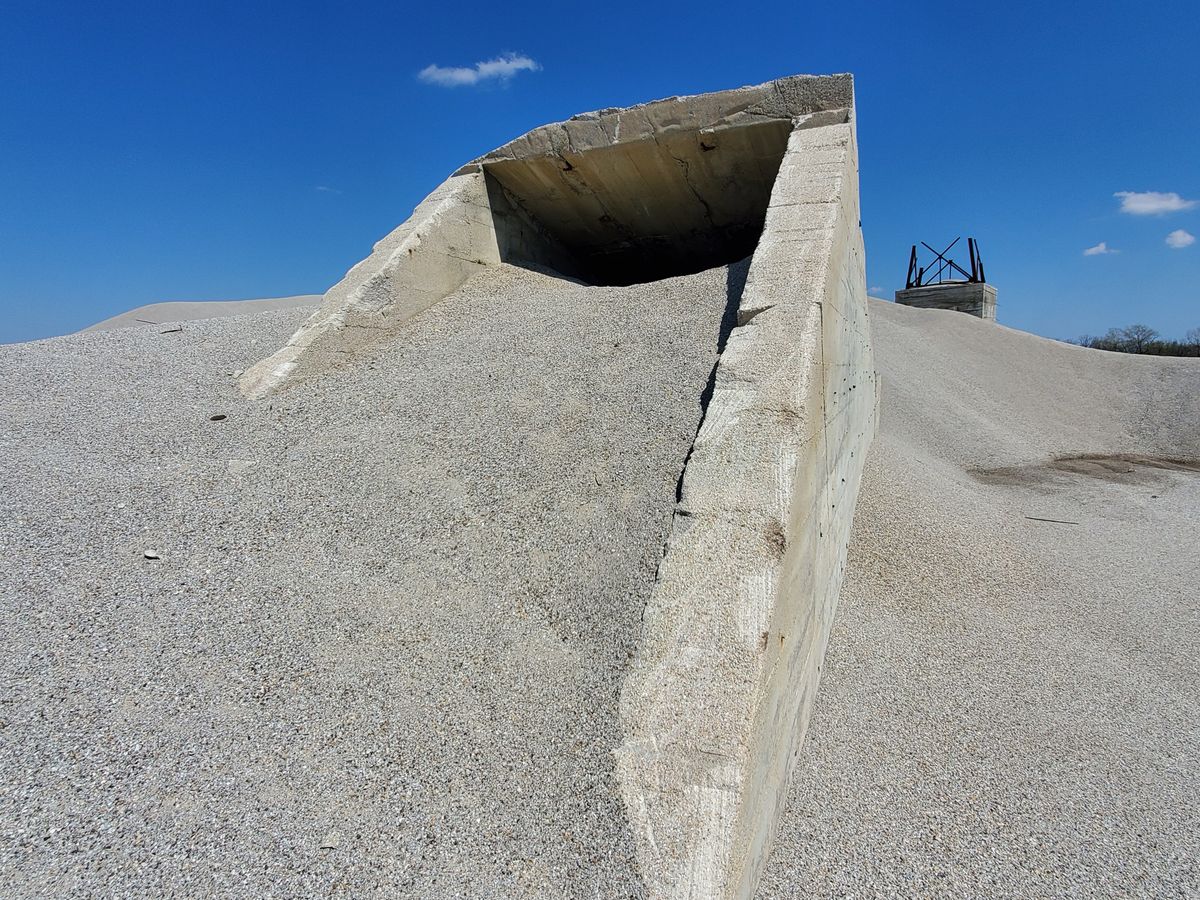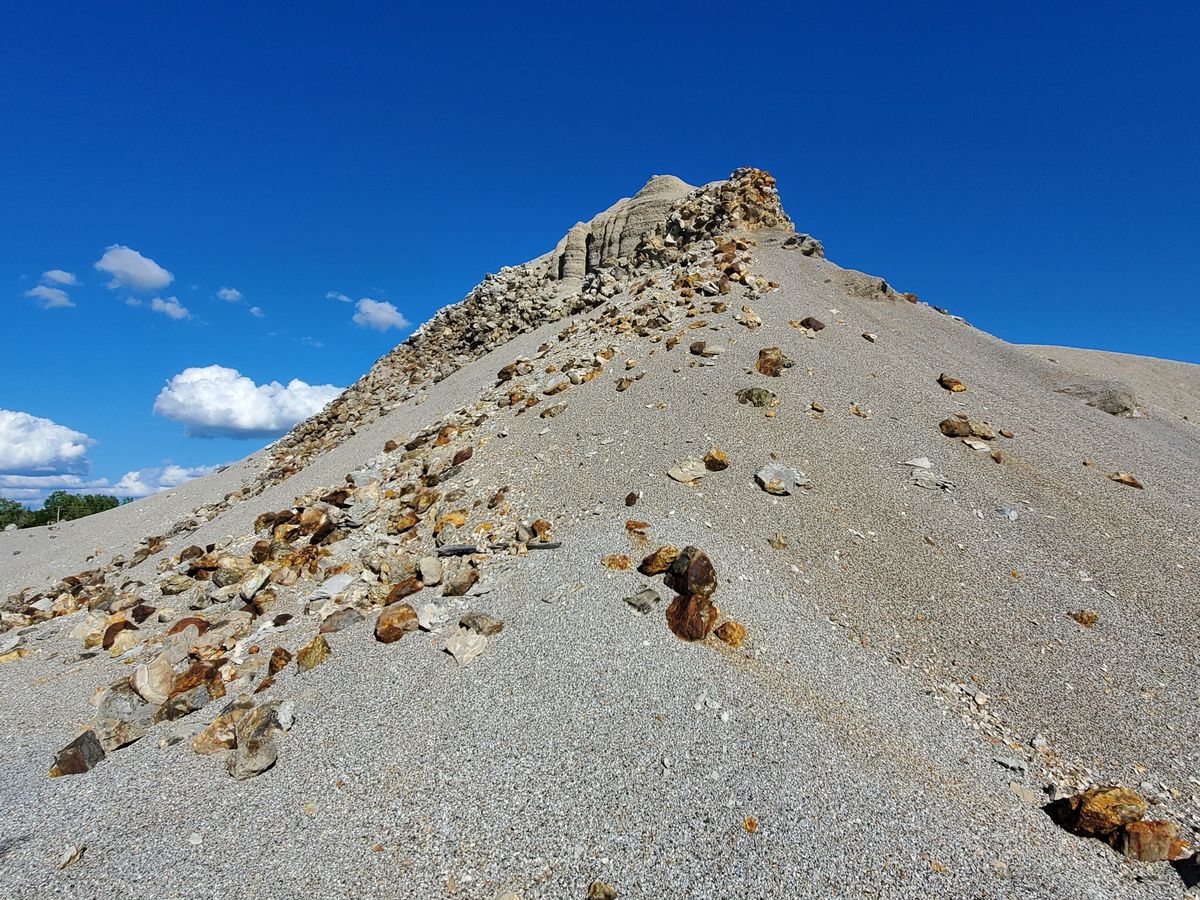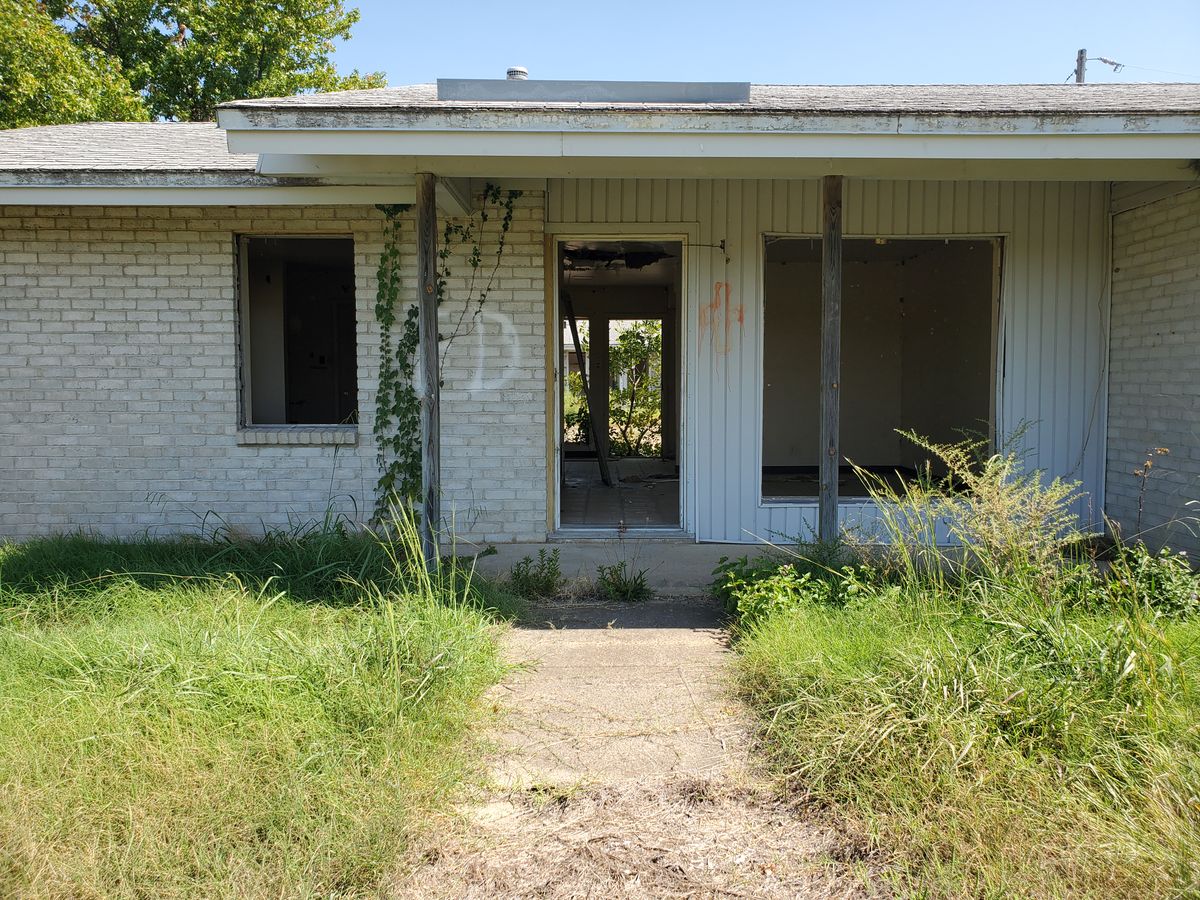About
The town of Picher, Oklahoma was once a booming mining community and home to thousands of people. Today, mountains of contaminated mining waste pocked with sinkholes loom over a nearly empty town. The Tar Creek that runs through the area is burned red by acidic water seeping from the underground mining tunnels. Once a town with a population of 20,000 and the world's richest lead and zinc mining field, fewer than 25 people remain in what was called the Environmental Protection Agency (EPA) called the most toxic place in the United States.
The Tar Creek area covers 40-square-miles of Kansas, Missouri, and northeastern Oklahoma, extending into Quapaw tribal lands, with the town of Picher at its center. It was designated an EPA Superfund site in 1983, and after a high population of the children in Picher were found to have toxic levels of lead in their blood in 2005, the state started offering buyouts for residents to relocate. In 2006, the federal government began buying out homes and businesses. In 2009, the EPA declared the town uninhabitable. The residents of Picher were left to choose between their health and their homes while deteriorating mines threatened to swallow the streets. In less than a decade, the population dropped from 1,640 to less than 20.
Although most of the residents left, a few lingered amid the vacant buildings and desolate roads, where trucks hauling away polluted waste are the only traffic. With no electric, city, or police services, the town is dark and unattended, frequently vandalized, and subject to theft.
Founded in 1918, Picher hit hard times after the mining companies pulled out, and the population had already sunk to around 1,700 when the buyouts began. During World Wars I and II, Picher's mines were busy with lead-ore extraction for producing bullets. Saloons with names like the Bloody Knuckle characterized the rough, but bustling, community.
Unfortunately, the town faced even more misery in May 2008, when an EF-4 tornado plowed through the area, killing six, injuring 150, and destroying 100 homes. In May 2009, the high school had its last graduation and in September 2009, city offices closed. By March 2010, the only business remaining open in the shadow of the chat piles was the Ole Miners Pharmacy. Eventually, the whole town will be bulldozed to the ground, the soil hauled away, the poisonous mountains of waste removed, leaving nothing but scarred land.
The slow process of demolishing Picher began in January 2011, although six families had still refused to move. On June 9, 2015, Picher’s last official resident, a pharmacist named Gary Linderman, died at age 60. The Best day to explore is Sunday there should be no dump trucks moving through the area then.
Related Tags
Know Before You Go
Picher is still publicly accessible, though many of the areas are fenced off. Large piles of contaminated chat are scattered throughout town and the wind can carry hazardous material.
Community Contributors
Added By
Published
July 15, 2011
Sources
- http://newsok.com/news/tarcreek
- http://www.pbs.org/independentlens/creekrunsred/film.html
- "Demolition of Oklahoma Town Begins," Tulsa World: http://www.tulsaworld.com/20110124_12_0_PICHER35376
- http://www.nbcnews.com/news/investigations/last-residents-picher-oklahoma-wont-give-ghost-town-n89611
- https://www.wideopencountry.com/picher-oklahoma/
- https://www.wired.com/2010/08/ff_madmaxtown/
- https://timeline.com/picher-oklahoma-lead-toxic-186e5595232b
- https://quirkytravelguy.com/visiting-picher-oklahoma-ghost-town-toxic-waste/





















